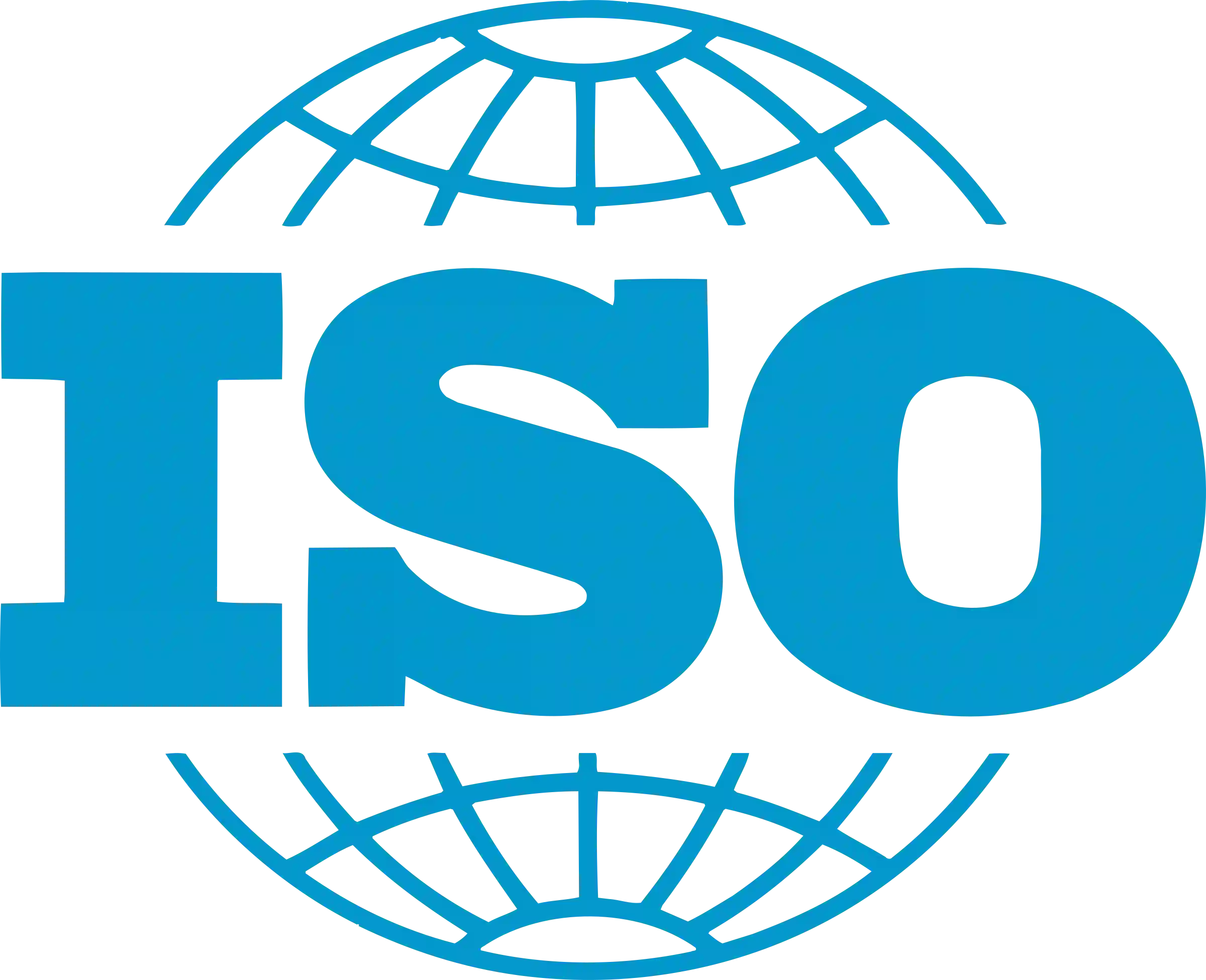
Bypass Surgery vs Angioplasty: Which is Better for You?
01 May, 2023
 Obaidullah Junaid
Obaidullah JunaidBoth bypass surgery and angioplasty are procedures used to treat coronary artery disease (CAD), which occurs when the arteries that supply blood to the heart become narrowed or blocked.
Bypass surgery involves creating a new route for blood to flow around a blockage by using a healthy blood vessel from another part of the body to bypass the blocked artery. In contrast, angioplasty involves threading a small balloon-tipped catheter into the narrowed artery and inflating the balloon to widen the artery. Sometimes, a small metal mesh tube called a stent is also placed in the artery to help keep it open.
Transform Your Beauty, Boost Your Confidence
Find the right cosmetic procedure for your needs.

We specialize in a wide range of cosmetic procedures

The decision about which procedure is better for an individual depends on several factors, including the severity and location of the blockage, the overall health of the patient, and personal preferences.
In general, bypass surgery may be preferred for individuals with more severe blockages or multiple blockages in different arteries. It is also often recommended for individuals with diabetes or those with left main coronary artery disease, a type of CAD that affects a major artery supplying blood to the heart.
Angioplasty may be preferred for individuals with less severe blockages or blockages in a specific location that can be easily accessed with the catheter. It may also be preferred for individuals who are not good candidates for surgery due to other health issues.
Ultimately, the choice between bypass surgery and angioplasty should be made in consultation with a healthcare professional who can evaluate the individual's specific situation and recommend the best course of treatment.
Both bypass surgery and angioplasty have their own advantages and potential risks, which should be taken into consideration when making a decision. Bypass surgery is a more invasive procedure that involves open-heart surgery and a longer recovery time, but it may provide more long-term benefits in terms of reducing the risk of future heart attacks. Angioplasty is a less invasive procedure that can often be done on an outpatient basis, but it may require repeat procedures over time and may not provide as much long-term benefit as bypass surgery.
Another factor to consider is the cost of each procedure, which can vary depending on the specific healthcare system and insurance coverage. Bypass surgery is generally more expensive than angioplasty, but it may be covered by insurance if deemed medically necessary.
Most popular procedures in
Laparoscopic Cystect
Upto 80% off
90% Rated
Satisfactory
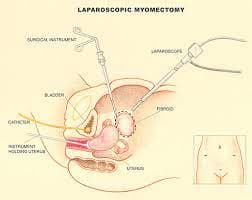
Laparoscopic Myomect
Upto 80% off
90% Rated
Satisfactory
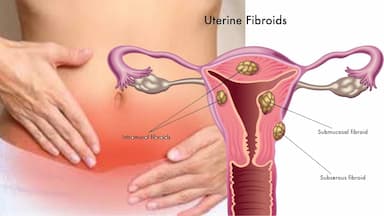
LAVH
Upto 80% off
90% Rated
Satisfactory
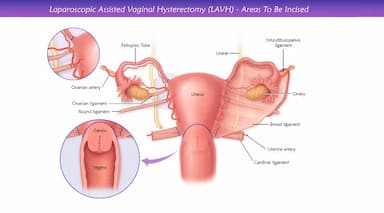
NOTE
Upto 80% off
90% Rated
Satisfactory
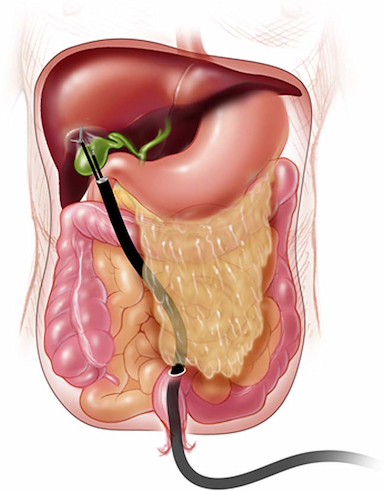
CABG
Upto 80% off
90% Rated
Satisfactory
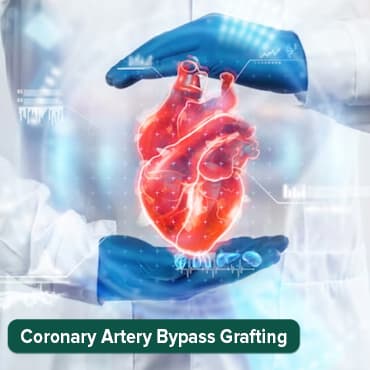
It is important for individuals with CAD to take steps to manage their condition, such as making lifestyle changes to improve their heart health and taking prescribed medications as directed. This can help reduce the risk of further blockages and the need for additional procedures.
In summary, the choice between bypass surgery and angioplasty depends on various factors and should be made in consultation with a healthcare professional. Both procedures have their own advantages and risks, and the best option for an individual may depend on the location and severity of the blockage, overall health, personal preferences, and financial considerations.
It is also important to note that both bypass surgery and angioplasty are not a cure for coronary artery disease. Rather, they are interventions aimed at improving blood flow to the heart and reducing the risk of heart attack. Individuals who undergo these procedures will still need to take steps to manage their condition and reduce their risk factors for future heart disease, such as maintaining a healthy diet, getting regular exercise, quitting smoking, and managing any underlying health conditions like high blood pressure or diabetes.
In some cases, a combination of bypass surgery and angioplasty may be recommended, particularly if the blockages are particularly complex or difficult to access. This may involve using bypass surgery to reroute blood flow around the most severe blockages, and angioplasty to address any remaining blockages in smaller arteries or branches.
Some additional points to consider include:
- Recovery time: Bypass surgery typically requires a longer hospital stay and recovery time than angioplasty. Patients who undergo bypass surgery may need to take several weeks or months off work to recover, whereas those who undergo angioplasty may be able to return to normal activities within a few days.
- Potential complications: Both procedures carry a risk of complications, such as bleeding, infection, or damage to the blood vessels or organs involved. However, the specific risks may vary depending on the patient's age, health status, and other factors.
- Follow-up care: After either procedure, patients will need to have regular follow-up appointments with their healthcare team to monitor their progress and adjust their treatment as needed. This may involve imaging tests, medication adjustments, and lifestyle counseling.
- Emotional impact: Undergoing any medical procedure can be stressful and emotionally challenging. Patients and their loved ones should be prepared for the emotional impact of bypass surgery or angioplasty and seek support as needed from family, friends, or mental health professionals.
- Alternative treatments: In some cases, alternative treatments may be available for CAD, such as medication therapy or lifestyle changes. These options should also be discussed with a healthcare professional to determine the best approach for each individual.
Ultimately, the choice between bypass surgery and angioplasty is a complex one that requires careful consideration of various factors. It is important for individuals with CAD to work closely with their healthcare team to determine the best course of treatment based on their individual needs and preferences. With proper treatment and ongoing management, individuals with CAD can reduce their risk of future heart disease and live a full and active life.
Wellness Treatment
Give yourself the time to relax
Lowest Prices Guaranteed!

Lowest Prices Guaranteed!
